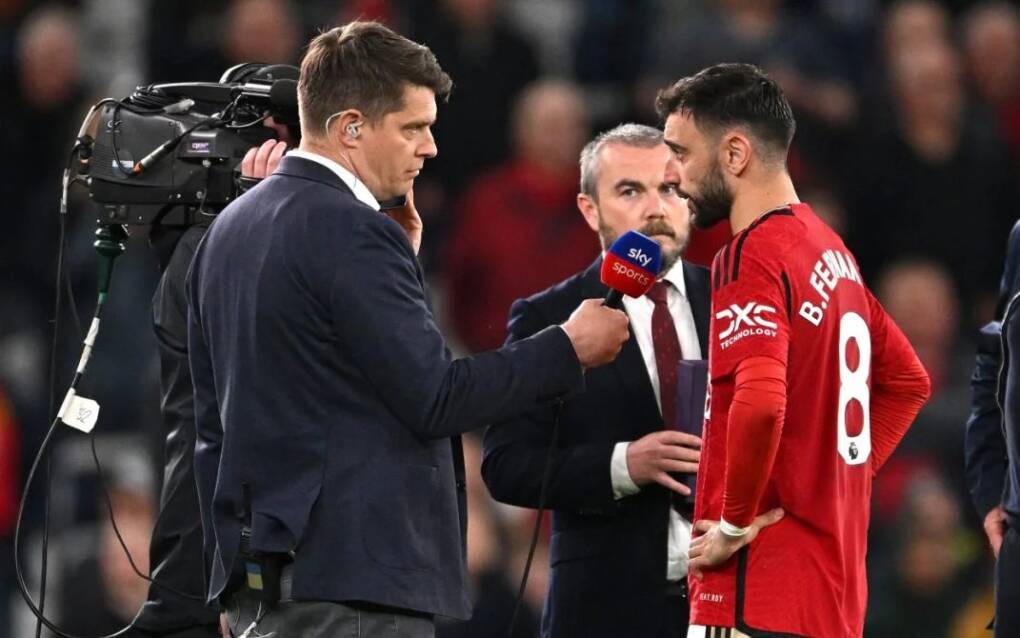From the 2025/26 season, the Premier League will begin a change in its live match coverage. A new broadcasting deal worth £6.7 billion underpins this transition.
As part of the agreement, to be introduced are new in-game and behind-the-scenes access for viewers.
Substituted players will now speak directly to the camera while matches continue. These interviews will offer raw feedback from players shortly after they leave the pitch.
After each goal, camera operators will be permitted limited entry onto the pitch. They will capture high-quality, close-up footage of celebrations to increase fan engagement.
Additionally, selected clubs will allow dressing room access during home matches. However, broadcasters cannot film tactical instructions or team talks.
Only routine or previously approved footage will appear on screen, and the access is capped at two home games per team.
Although the league views these changes as a step forward, not every club agrees. Arsenal and Manchester City have openly raised concerns about privacy.
As a result, these innovations will not roll out all at once. Some clubs will adopt changes faster than others, depending on internal policy.
Revenue drivers and intent
The change aligns with a broader vision to increase audience engagement across digital and television platforms.
Despite the increased match volume, value per game has declined. Previous deals averaged over £10 million per game, while the new one falls closer to £6.2 million.
ALSO READ:
- ‘It’s the end of the world’: Amorim sounds alarm as Manchester United hits historic low
- Premier League postpone weekend fixtures following Queen’s death
- What Arsenal, Liverpool losses mean for the Premier League title race
- Arsenal fans anticipate the return of Jesus
Summer of Signings: Europe’s top clubs set the transfer market alight
Some of the new features stem from tests last season. During one fixture, Bournemouth’s Marcus Tavernier gave a live touchline interview immediately after his substitution. Fans welcomed the access, and feedback was largely positive.
This trial helped broadcasters shape plans for the coming season. In response to viewer interest, producers have pushed for more content.
Still, full implementation depends on club support. While some teams see media access as an opportunity, others fear it could affect player concentration and expose sensitive moments.
The Premier League believes the model must balance spectacle. Without limits, the same innovations that draw fans in could also weaken club control.
In summary, these changes bring a way to keep football relevant in a media-driven age. Whether this succeeds will depend on viewer reception, club cooperation, and consistency across platforms.
